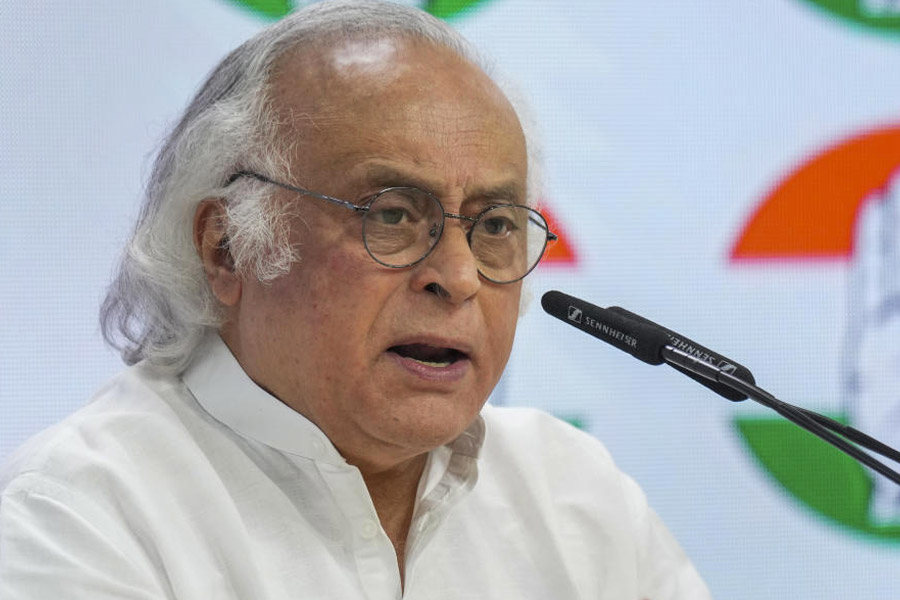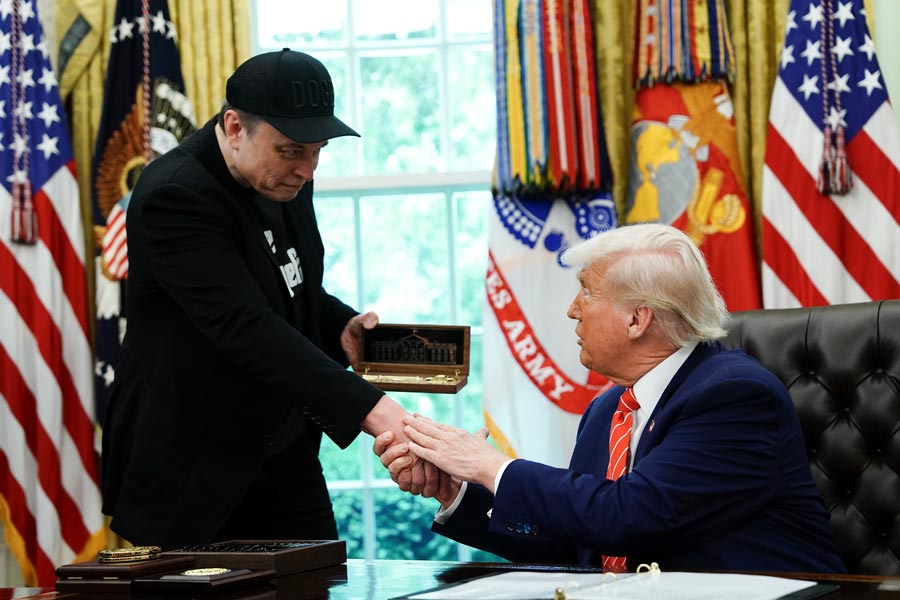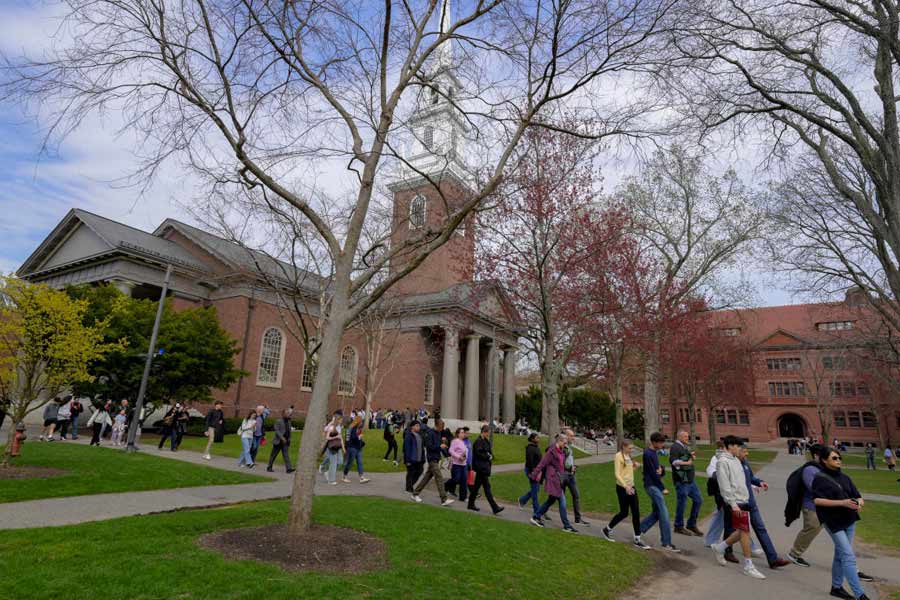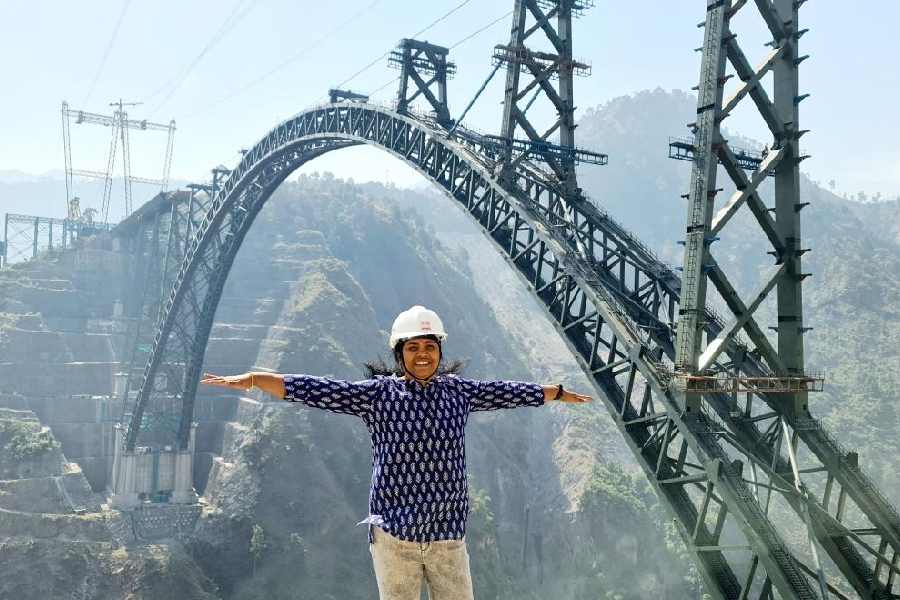 |
| A fisherman drinks water from a pouch after relief supplies arrived at a fishing village in Cuddalore on Sunday. (AFP) |
Colachel (Tamil Nadu), Jan. 2: Relief along religious lines may be communal but competitive.
The legacy of communal divide in this coastal municipality of Kanyakumari district may have led to community-wise relief camps but it has not prevented them from augmenting or even outpacing government efforts in rendering aid amid the post-disaster chaos.
Nearly 3,500 people are in camps at St Mary?s Higher Secondary School and the Sugantha mandapam, managed by the local church, since the tsunami killed nearly 600 here.
Muslims and the Rashtriya Swayamsevak Sangh-backed Seva Bharati, too, have set up camps nearby.
Karunakaran, a driver from Saudi Arabia, who looks after the Seva Bharati camp for Hindu survivors, complained that the aid was being cornered by the church. He felt the poor coir workers, forming the bulk of the Hindu community here, were being given short shrift.
The Muslim jamaath (a local cluster of families of the community that prays at one mosque), too, was getting more aid from various agencies though the casualties were fewer ?on their side?, he added.
But Karunakaran agreed that each group was doing its best for the affected people and this was perhaps the best way under the circumstances.
District collector Ramesh Chand Meena admitted that the administration would be battling another ?tsunami on land? had it not been for the services rendered by voluntary agencies.
Noor Mohammed, an advocate and office-bearer of the main local mosque, said it was the volunteers of the Tamil Muslim Munnetra Kazhakam who took the lead in retrieving bodies, buried in mud at the AVM Canal.
A week after the disaster, aid is pouring in but the municipal authorities are still at a loss on how to tackle the post-trauma distress disorders among the survivors.
The survivors? distress manifests itself in petty quarrels over discrepancies in aid distribution and jostling or even jumping queues to snatch food. Others hang about with vacant looks, sobbing for those who will never come back.
Father Antony Gomez, who escaped from the killer waves while on a house-blessing visit on December 26, said: ?We try to help ourselves come out of the distress through prayers and other church services. But I am afraid this may not be sufficient to help those who have lost family members to come out mentally unscathed.?
Karunakaran agreed that there was no way he could think of to console the fisherwomen who waged a life-and-death struggle to save their children and failed.
Pushpa Rani, in her 30s, had waded through water with her three children. ?Suddenly, I felt my feet become heavy against the receding water. I let go of my 11-year-old daughter. My son pressed his nails into my neck, begging me not to drop him. I told him, ?Never, never, as long as I am alive?,? she said.
Her neck showed the nail wound left by her son?s clasp.
Saharani lost four of her six children. She tried to save five-year-old Divya but when the rescuers pulled her out of the water, the child in her grip had already breathed its last.










